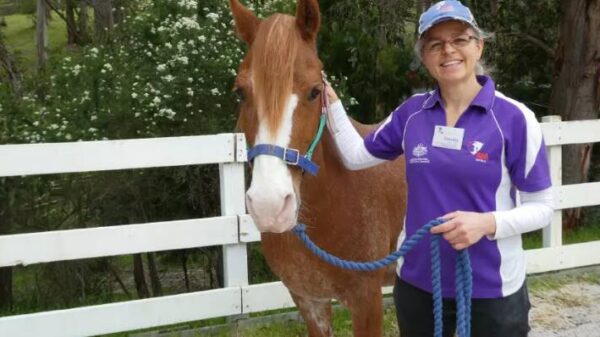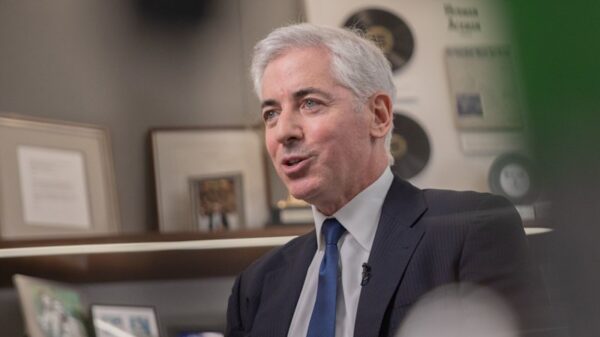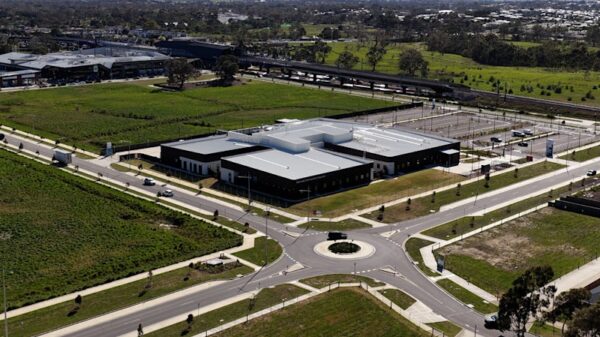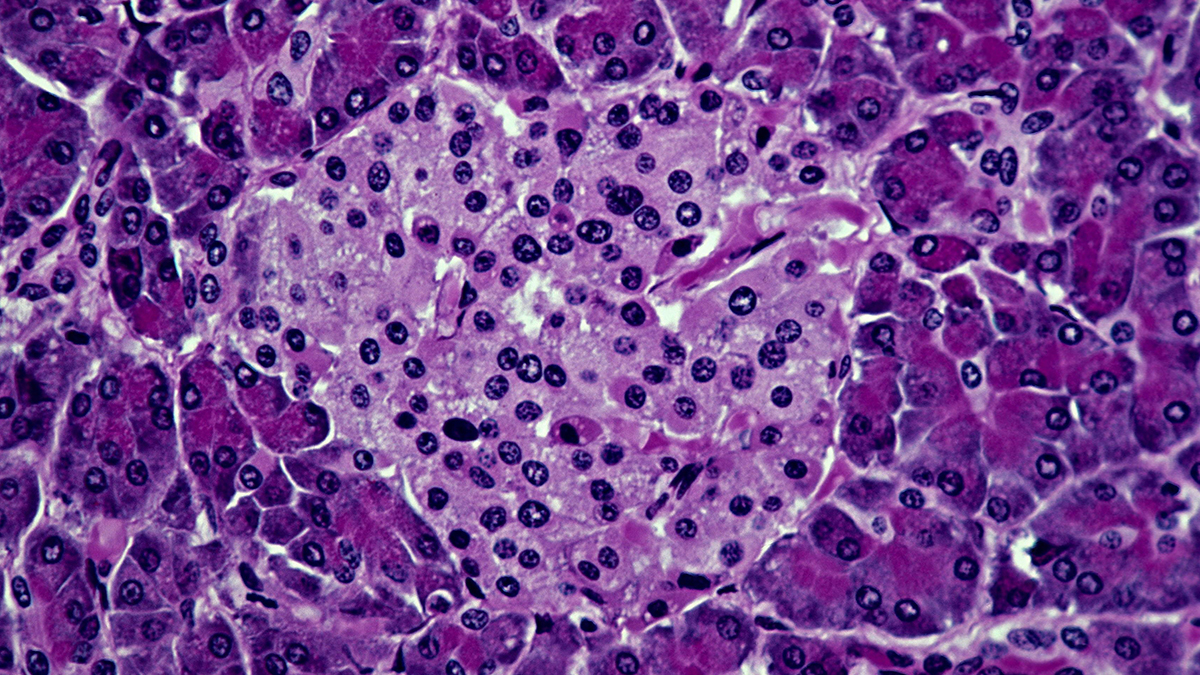A groundbreaking hybrid treatment has demonstrated significant effectiveness in treating type 1 diabetes in mice. Researchers from the Stanford School of Medicine reported that the treatment not only prevented the onset of diabetes in prediabetic animals but also reversed the condition in those already diagnosed. This innovative approach combines immune system cells from both the patient mouse and a donor mouse, allowing them to coexist without the need for immunosuppressive drugs for at least four months.
The research team, led by developmental biologist Seung Kim, is optimistic that this method could eventually be applied to human patients. Additionally, the treatment may have implications for other transplant procedures where immune system compatibility is crucial. “We believe this approach will be transformative for people with type 1 diabetes or other autoimmune diseases, as well as for those who need solid organ transplants,” Kim stated.
Type 1 diabetes occurs when the immune system mistakenly attacks insulin-producing pancreatic cells known as beta islets. While transplantation of healthy donor islets can restore insulin production, the risk of immune rejection remains a significant challenge. The recent study involved a novel technique where the immune systems of the mice were effectively reprogrammed before the transplant. This preparation included the use of an immune system inhibitor, a low dose of radiation, and selected antibodies, along with a combination of blood stem cells and islet cells from a donor.
As a result of this careful orchestration, the transplanted cells were not recognized as foreign by the immune system, allowing normal function to resume. While some inflammation was observed in a small subset of islet cells, they were not attacked by the immune system. “We need to not only replace the islets that have been lost but also reset the recipient’s immune system to prevent ongoing islet cell destruction,” Kim explained. “Creating a hybrid immune system accomplishes both goals.”
The experiment yielded multiple positive outcomes. Treated mice either had their diabetes prevented or reversed, and notably, none developed graft-versus-host disease, a common complication in human transplants. Previous studies by the same research team suggest that mixing donor and recipient immune cells could be a viable strategy for future transplants in humans.
Despite these promising results, significant hurdles remain. For instance, islet cells can only be retrieved from deceased donors, and they must match the blood stem cells from the same individual. The research team is exploring methods to increase the survival rate of these donated cells and is also investigating the possibility of producing them in the laboratory from pluripotent human stem cells.
While a cure for type 1 diabetes is not yet within reach, advancements like this study bring researchers closer. “The possibility of translating these findings into humans is very exciting,” Kim remarked. “The key steps in our study – which result in animals with a hybrid immune system containing cells from both the donor and the recipient – are already being used in the clinic for other conditions.”
The findings of this research have been published in the Journal of Clinical Investigation, marking a significant step forward in the quest for effective treatments for type 1 diabetes.





























































